Vending machines are ubiquitous in Japan. You’ll find them on most street corners, outside office blocks, lined up at bus stops, and even on the top of Mount Fuji. Prices vary, but the lowest you’ll find in Tokyo is usually the ‘one coin’ machines where everything costs just 100 yen (US$0.98). How can they sell them so cheap? Are they actually profitable? The answer is yes, and many ordinary business-minded folks are taking advantage of the opportunities they offer to put away a nice chunk of cash each month.
May, 2014 (Page 11)
A man surnamed Chen from Taiwan’s tech center of Hsinchu has allegedly had been spending the wee hours of the morning sneaking into a local morgue so he could ‘choke his chicken’ in front of a pretty picture of a deceased girl.
This week, we brought word of a half meaningless, half vulgar message that sharp-eyed Attack on Titan fans found hidden in what looked to be a mass of scribbles. Owing to artist Hajime Isayama’s creation being the hottest serialized comic in the world, the news quickly spread around the globe. Confused and concerned parties looked to publisher Kodansha for an explanation, and now it seems they have one.
Fads come and go, changing “what’s cool” every few years, sometimes even as quickly as a few months. As far as pets go, we’ve gone everywhere from ant farms and sea monkeys to pet rocks and tamagotchi. It’s also become acceptable to dress up our pets in clothing and costumes; even turning your animal another shade isn’t that unusual either.
But this next fashion that is all the rage in China right now is creating quite a panda-mic!
Learning a second language is never easy, especially when there are so many things like context, nuance, and cultural connotations standing in the way. The key to conquering these hurdles, though, usually lies outside the pages of a textbook, and the Japanese Government addresses this issue by employing thousands of foreigners to assist English teachers in its education system every year. So where would a foreigner start when correcting a student on the finer points of English as a second language? One of the easiest ways would be to take a look at this collection of commonly misused phrases and their simple fixes, put together by David Thayne, the head of AtoZ English.
While the recent announcement that Disney will begin broadcasting Doraemon in the U.S. this July was good news for fans of the prolific anime, many were just as quickly disappointed at the extensive changes being made in an effort to make the show more accessible for Americans in its target preschool and elementary-school age brackets. Many have said that if so much tinkering has to be done, why not just make a new series from the ground up?
After all, that’s exactly what Japanese production company Toei did when they brought Marvel’s Spider-Man to Japan in the 1970s.
Chances are, if you’ve ever had a conversation in Japanese – or even any other language – with a native Japanese person, you might have been slightly disconcerted by their constant interjections.
That’s because nodding along, saying things like “I see” (naruhodo), “Oh really?” (sou desu ka?) and just plain grunting is considered a polite way to indicate to a speaker that you’re following along in a conversation.
This technique is called “aizuchi” in Japanese and, sure, it seems common sense in any culture to occasionally give a nod of the head or look up from your riveting game of Candy Crush Saga to indicate you have at least a passing interest in what’s being said, but the Japanese really turn it into an art form.
There’s a word in Japanese that people use to describe things that are at once cute and grotesque: kimokawaii. Upcoming side-scrolling adventure game Murasaki Baby is just that. Featuring an adorable protagonist with an upside-down face and a world populated with enemies like giant, hairy-nostrilled noses and razor-toothed bunnies, the game is a blend of the kimochi warui, or gross, and kawaii cuteness, and is due for release sometime this year.
Ahead of the E3 trade fair, Sony Computer Entertainment Europe has revealed a series of animated GIFs showing off the game’s otherworldly visuals, which we can only describe as a mix between The Nightmare Before Christmas and merciless indie platformer Limbo.
We are all of course familiar with the story of how North Korea’s supreme leader, Kim Jong-un, single-handedly defeated the entire US military with the aid of his magical flaming unicorn and 12-foot vertical leaping skills. I don’t know about you all, but every time I hear about it, I can’t help wishing I could be as bad-ass as he is and experience the same such heroics.
Now the wishing is over, however, thanks to Glorious Leader!, an upcoming game for PC and smartphone by indie developer Moneyhorse. In it, players pilot the plump despot through seven levels of hard running, hard jumping, hard shooting, and hard unicorn riding action.
They’re skinny, have floppy hair and are kind of pale. They’re also coming soon to a wrestling tournament near you. Well, if you live in Tokyo, that is. And there you were thinking Japanese wrestling was all about those big sumo guys!
These are bishōnen – beautiful young men. The first kanji character of bishōnen (美少年) is 美 meaning “beauty”, and the last part 少年 is “young man”. Bishōnen puroresu is the latest addition to Japan’s burgeoning puroresu (pro wrestling) scene.
A while back, anime fans looking to combine their hobby with a penchant for fashionable footwear got the chance to do just that when a line of Evangelion loafers went on sale. But while Eva is one of the most popular animated series to ever come out of Japan, it’s not every anime fan’s cup of tea.
Some prefer their stories a little more red-blooded, or their character designs a little beefier. We also imagine a preference for shoes with laces was a sticking point for some shoppers.
Thankfully, you can check off all three of those boxes with these new Jojo’s Bizarre Adventure sneakers.
At the very first anime convention I ever went to, one of the guests was Go Nagai, creator of numerous manga, including Devilman, Mazinger, and Cutey Honey. During his autograph signing session, while most fans came up to Nagai’s table with comic books or posters for him to sign, one attendee rolled up his sleve and asked him to sign his Cutey Honey tattoo, which the artist good-naturedly did.
But while many dedicated overseas anime fans have offered their bodies as canvases for their favorite art form, the practice hasn’t completely caught on in Japan. Recently, though, there’s been an upswing in anime tattoos, which some have taken to calling ita-tattoos.
When “Godzilla” roars into theaters this Friday, cinema’s greatest monster will go up against the world’s largest military, the U.S. armed forces.
But how much of a chance would the U.S. military actually have against a 355-foot tall radioactive Godzilla?
To find out, we spoke with the film’s Military Technical Advisor, retired Sgt. Maj. James Dever and asked how the U.S. military would hypothetically take on the monster, and, more importantly, whether they could do it.
Gore-splattered heads up, zombie fans! Left 4 Dead Seizonshatachi, or “survivors”, arcade magnate Taito’s riff on Valve and Turtle Rock Studios’ hugely popular first-person zombie shooter, is not only ready to tear through the population of Japan but is about to be trialled at four selected arcades beginning May 23.
Details and videos after the jump.
Japan is a great place to be a drinker, and not just because of the excellent public transportation and lack of social stigma about enjoying a beer in the park. The selection is also fantastic, as the country produces dozens of brands of tasty beer, sake, and shochu.
If you’re still looking for more variety, Japan also makes a plum wine called umeshu, which has a uniquely rich sweetness. Umeshu isn’t as quite as prevalent as other kinds of alcohol, though, so if you’re in need of a primer, we found a restaurant in Tokyo that’ll let you sample as many varieties of the drink as you like during a two-hour stay for just 1,500 yen (US$14.70).
With the World Cup fast approaching, football fever (that’s soccer mania, for our American readers) is taking over fans everywhere, but perhaps nowhere more so than in already football-manic host country Brazil.
One fast food chain there has hit on a football-related promotion far more fun than the usual athlete endorsement: allowing customers to turn their food trays into a 3-D video game and shoot penalty kicks at a smartphone-sized goalie.
Is Japan’s recycling system the most complicated in the world? It sure feels like it sometimes. Household waste must of course be separated into burnable and non-burnable, but after that there’s a dizzying array of recycling categories to break your non-burnables into. Since Japan is a relatively small country without masses of land to use for burying waste, the vast majority of waste used to be incinerated. However, with increasing ecological awareness in the 1990s came new legislation to minimise the amount of waste being burnt, and promote recycling.
Public awareness of the need to recycle is high, but the system can be baffling for new foreign residents. The problem lies not only in the array of recycling categories, but also in the apparent overlap between them: the grey areas. Is an empty pizza box considered recycled paper? Or is it burnable? Paper packages? “Other”? And if a bottle is made of a different type of plastic to the standard PET, is still a “pet bottle”, or is it just “plastic”?
Today we bring you six reasons to learn what goes in what box, and a few hints for getting it right along the way.
The People’s Republic of China has always been strict about what is and is not allowed into the country. Now authorities can add one more thing to the list of forbidden articles after the emergence of this particular item. Some are even going so far as to say that the government fears it more than anything, and is consequently keeping certain unstable areas of the country under high surveillance.
Any guesses as to what this banned item could be?
Seeing a park full of cherry trees in full bloom is remarkable, much like walking through a cotton candy wonderland, but even after the delicate pink petals begin to fall, they continue to offer new perspectives, many so beloved they’ve got their own word in Japanese. There’s hanafubuki, or the blizzard of petals that engulfs you when the wind picks up. There’s hazakura, the young leaves of the tree revealed once the blossoms have fallen. And there’s hanaigata or flower raft, a gathering of fallen petals on water.
At one of the most famous sakura-viewing spots in Aomori, Hirosaki Park, the little pink petals from the park’s 2,600 cherry trees gather so thick and fast on the waterways that they’ve stopped resembling rafts and completely covered the surface of the water, leading to the coining of a new phrase: sakura no juutan or the cherry blossom carpet.
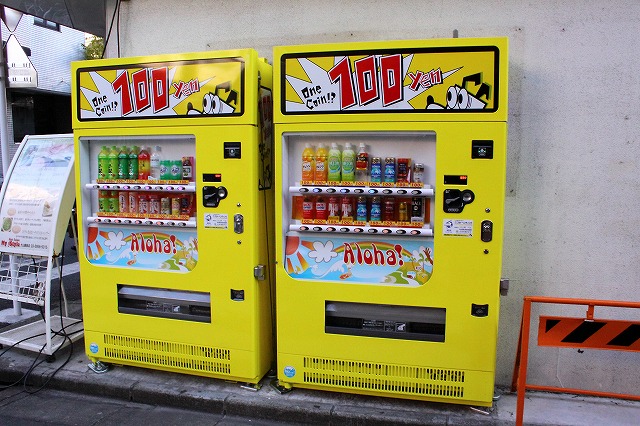

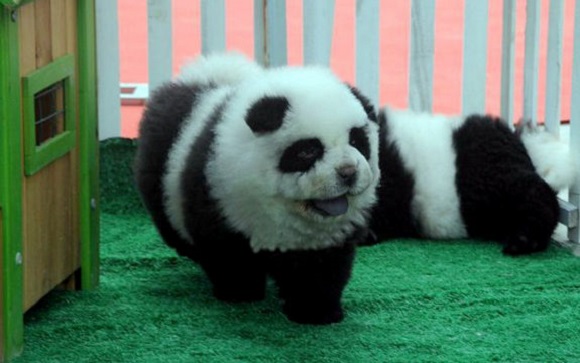
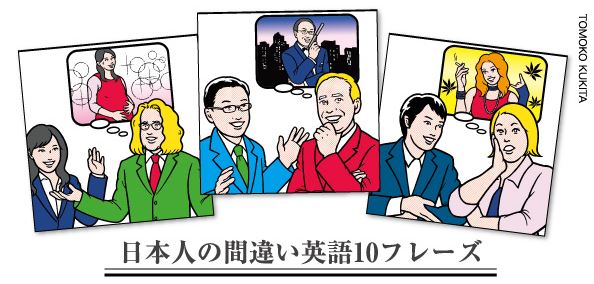
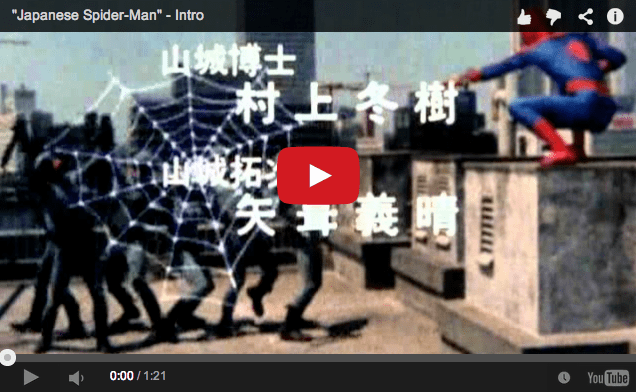
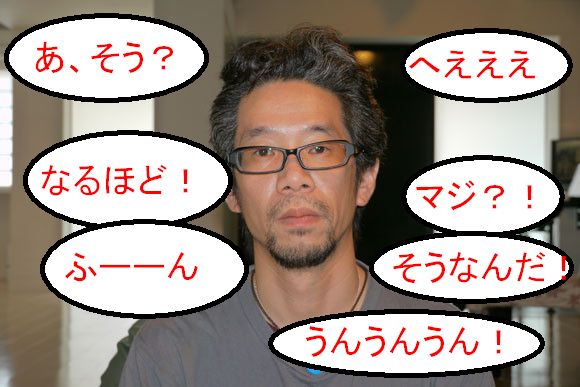
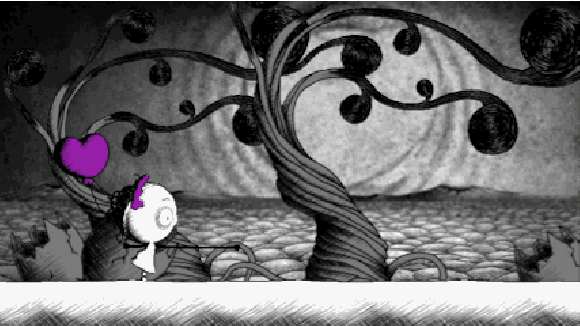
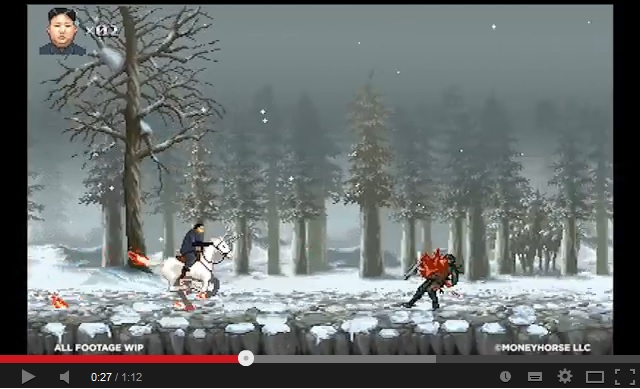
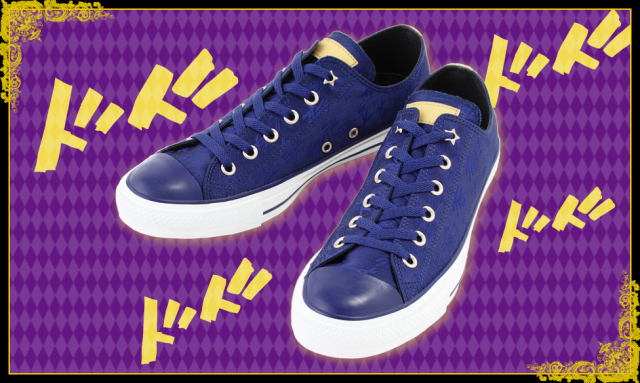

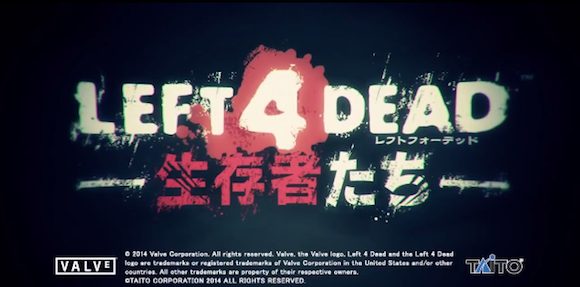
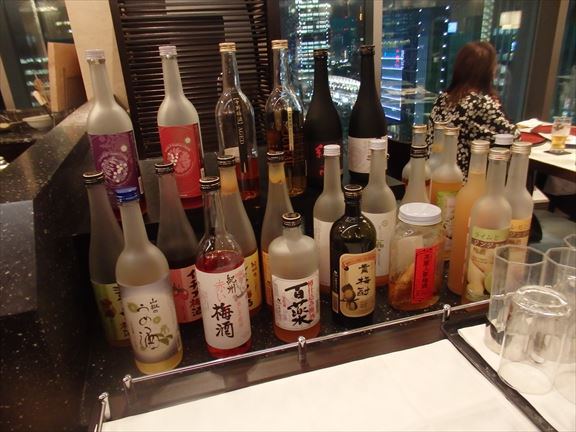
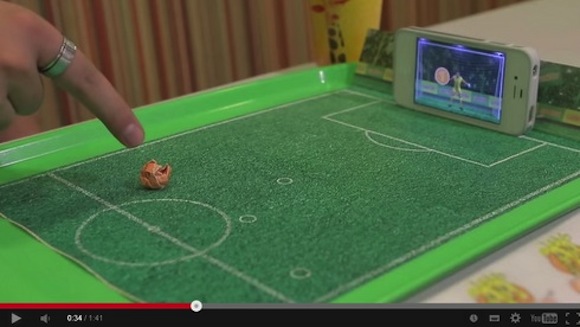
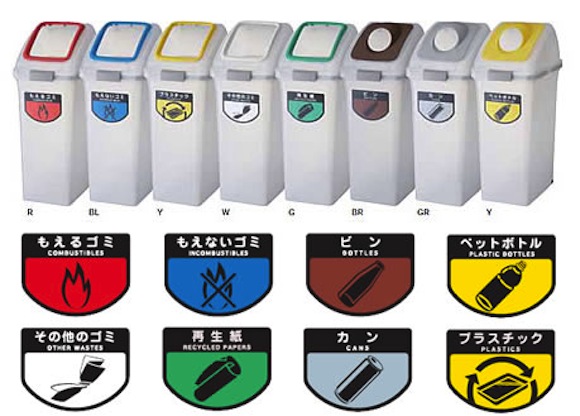

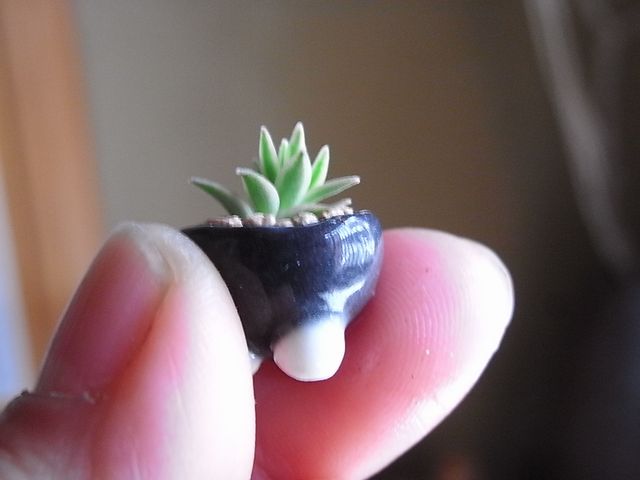
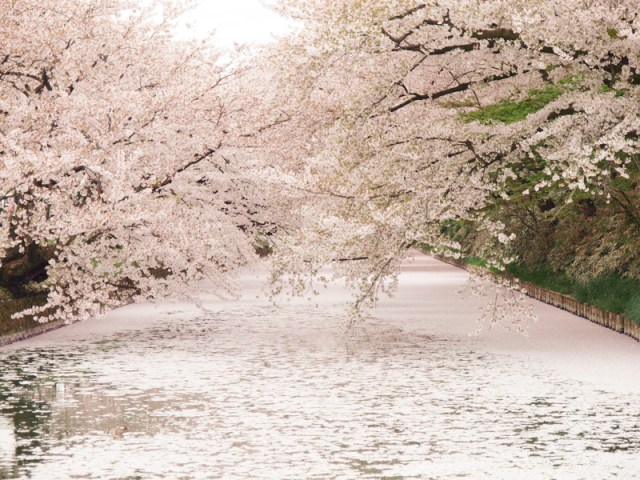
 Disillusionment at Tsukiji’s tourist-target prices led us to a great ramen restaurant in Tokyo
Disillusionment at Tsukiji’s tourist-target prices led us to a great ramen restaurant in Tokyo Is this the most relaxing Starbucks in Japan?
Is this the most relaxing Starbucks in Japan? Secret staff cafeteria in Tokyo is a hidden gem you won’t find in travel guides
Secret staff cafeteria in Tokyo is a hidden gem you won’t find in travel guides Japan may add Japanese language proficiency, lifestyle classes to permanent foreign resident requirements
Japan may add Japanese language proficiency, lifestyle classes to permanent foreign resident requirements Japanese avoiding domestic travel as foreign tourists increase, possibly creating vicious cycle
Japanese avoiding domestic travel as foreign tourists increase, possibly creating vicious cycle 7-Eleven Japan starts new temporary luggage storage service in over 300 branches
7-Eleven Japan starts new temporary luggage storage service in over 300 branches Starbucks teams up with 166-year-old Kyoto doll maker for Year of the Horse decorations【Photos】
Starbucks teams up with 166-year-old Kyoto doll maker for Year of the Horse decorations【Photos】 This is Japan’s, and the world’s, first capsule hotel, and you can still stay there
This is Japan’s, and the world’s, first capsule hotel, and you can still stay there Naruto’s favorite noodle shop Ichiraku Ramen is real, and we just visited it!
Naruto’s favorite noodle shop Ichiraku Ramen is real, and we just visited it! W.T.F. Japan: Top 5 strangest kanji ever 【Weird Top Five】
W.T.F. Japan: Top 5 strangest kanji ever 【Weird Top Five】 Tokyo’s Tsukiji sushi neighborhood asks tour groups to stay away for the rest of the month
Tokyo’s Tsukiji sushi neighborhood asks tour groups to stay away for the rest of the month Street Fighter Hadouken Churros to be launched and eaten in Tokyo, Okami pudding on offer too
Street Fighter Hadouken Churros to be launched and eaten in Tokyo, Okami pudding on offer too Japanese woman mistaken for bear
Japanese woman mistaken for bear Return of Totoro sequel short anime announced for Ghibli Park
Return of Totoro sequel short anime announced for Ghibli Park Starbucks on a Shinkansen bullet train platform: 6 tips for using the automated store in Japan
Starbucks on a Shinkansen bullet train platform: 6 tips for using the automated store in Japan More Shinkansen trains being added to Japan’s “golden route” to meet traveler demand
More Shinkansen trains being added to Japan’s “golden route” to meet traveler demand Japan’s human washing machines will go on sale to general public, demos to be held in Tokyo
Japan’s human washing machines will go on sale to general public, demos to be held in Tokyo Starbucks Japan unveils new Christmas goods and a rhinestone tumbler that costs 19,500 yen
Starbucks Japan unveils new Christmas goods and a rhinestone tumbler that costs 19,500 yen Japanese train company is letting fans buy its actual ticket gates for their homes
Japanese train company is letting fans buy its actual ticket gates for their homes Is China’s don’t-go-to-Japan warning affecting tourist crowds in Tokyo’s Asakusa neighborhood?
Is China’s don’t-go-to-Japan warning affecting tourist crowds in Tokyo’s Asakusa neighborhood? The 10 best day trips from downtown Tokyo【Survey】
The 10 best day trips from downtown Tokyo【Survey】 Tokyo considering law requiring more trash cans following litter increase in heavily touristed area
Tokyo considering law requiring more trash cans following litter increase in heavily touristed area Nintendo’s Kirby now delivering orders at Kura Sushi restaurants, but not in Japan
Nintendo’s Kirby now delivering orders at Kura Sushi restaurants, but not in Japan Survey asks foreign tourists what bothered them in Japan, more than half gave same answer
Survey asks foreign tourists what bothered them in Japan, more than half gave same answer Japan’s deadliest food claims more victims, but why do people keep eating it for New Year’s?
Japan’s deadliest food claims more victims, but why do people keep eating it for New Year’s? We deeply regret going into this tunnel on our walk in the mountains of Japan
We deeply regret going into this tunnel on our walk in the mountains of Japan Studio Ghibli releases Kodama forest spirits from Princess Mononoke to light up your home
Studio Ghibli releases Kodama forest spirits from Princess Mononoke to light up your home Major Japanese hotel chain says reservations via overseas booking sites may not be valid
Major Japanese hotel chain says reservations via overseas booking sites may not be valid Put sesame oil in your coffee? Japanese maker says it’s the best way to start your day【Taste test】
Put sesame oil in your coffee? Japanese maker says it’s the best way to start your day【Taste test】 The top 10 annoying foreign tourist behaviors on trains, as chosen by Japanese people【Survey】
The top 10 annoying foreign tourist behaviors on trains, as chosen by Japanese people【Survey】 No more using real katana for tourism activities, Japan’s National Police Agency says
No more using real katana for tourism activities, Japan’s National Police Agency says Starbucks Japan reveals new sakura drinkware collection, inspired by evening cherry blossoms
Starbucks Japan reveals new sakura drinkware collection, inspired by evening cherry blossoms 7-Eleven Japan starts new temporary luggage storage service in over 300 branches
7-Eleven Japan starts new temporary luggage storage service in over 300 branches Starbucks teams up with 166-year-old Kyoto doll maker for Year of the Horse decorations【Photos】
Starbucks teams up with 166-year-old Kyoto doll maker for Year of the Horse decorations【Photos】 This is Japan’s, and the world’s, first capsule hotel, and you can still stay there
This is Japan’s, and the world’s, first capsule hotel, and you can still stay there Naruto’s favorite noodle shop Ichiraku Ramen is real, and we just visited it!
Naruto’s favorite noodle shop Ichiraku Ramen is real, and we just visited it! W.T.F. Japan: Top 5 strangest kanji ever 【Weird Top Five】
W.T.F. Japan: Top 5 strangest kanji ever 【Weird Top Five】 New Evangelion short anime, written by Hideaki Anno, to have world premiere early next year
New Evangelion short anime, written by Hideaki Anno, to have world premiere early next year Large amount of supposed human organs left in Osaka marketplace
Large amount of supposed human organs left in Osaka marketplace A Japanese dating app matched our bachelorette with a Buddhist monk, and she learned some things
A Japanese dating app matched our bachelorette with a Buddhist monk, and she learned some things What’s it like to eat goat sashimi from a Japanese vending machine?
What’s it like to eat goat sashimi from a Japanese vending machine?